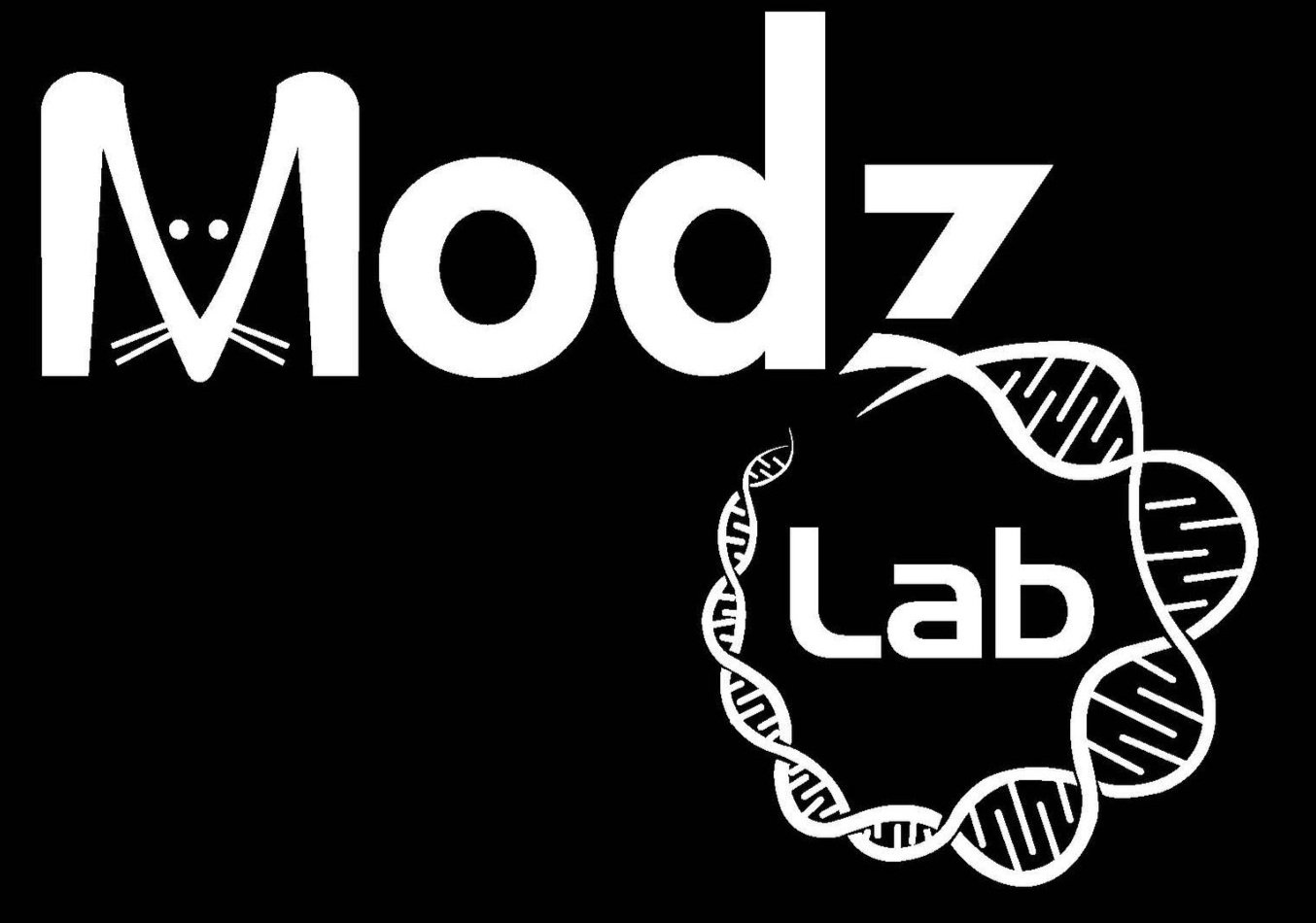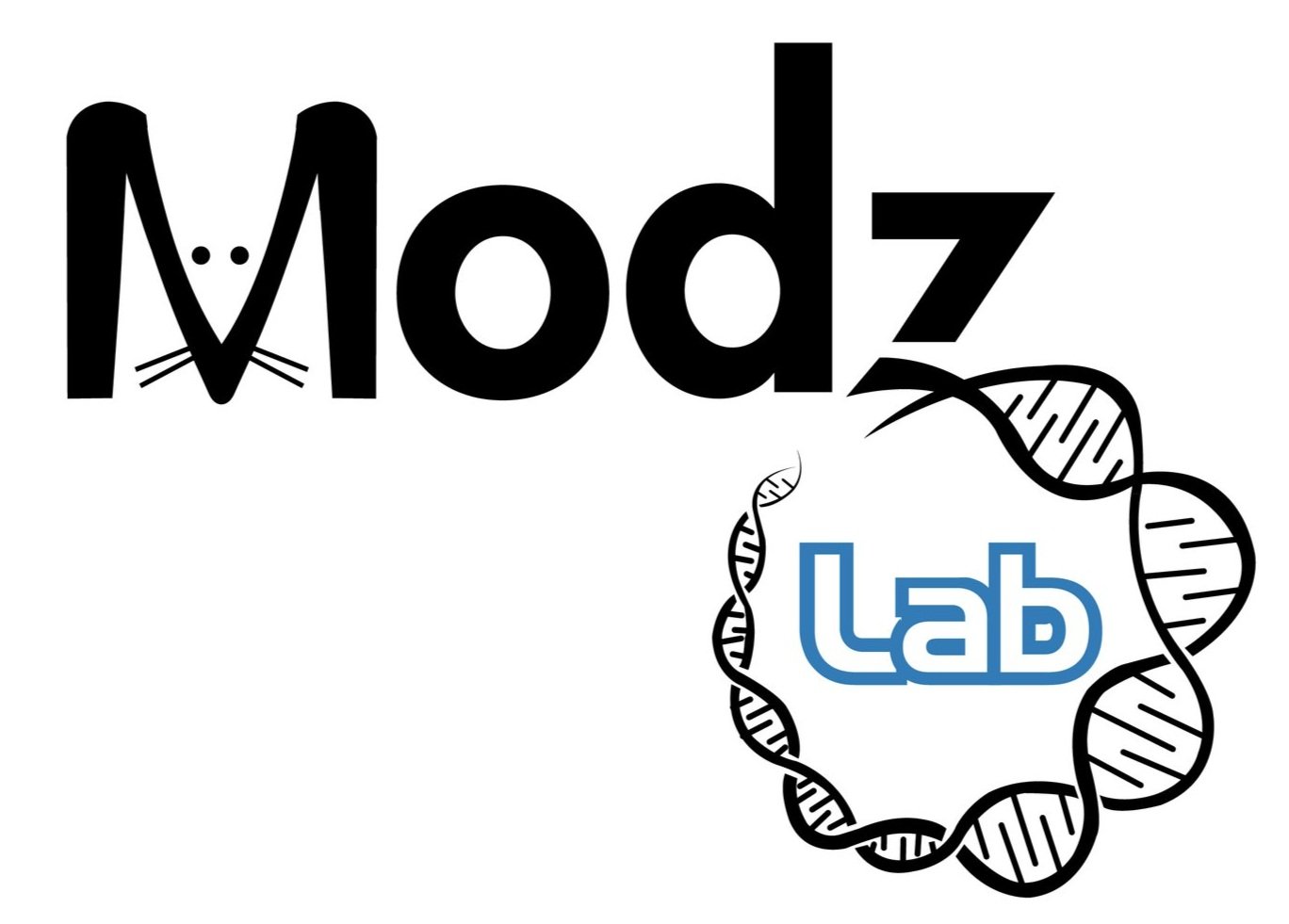The Role of Retrotransposon Reactivation in
Development and Disease
-

Study mammalian preimplantation embryos to understand the biological importance of retrotransposon reactivation.
“Junk DNA”, “Jumping Genes”, “Repetitive Elements”. Retrotransposons have been called many things and for decades their expression in early preimplantation was attributed to their selfish nature that takes advantage of an epigenetically defenseless genome. However, we have recently been able to reveal any meaningful function for retrotransposons due to technological advances that reach the single cell level. Single Cell (or Single Embryo) RNA-Seq has revolutionized our ability to accurately track retrotransposon reactivation without the need to pool dozens or hundreds of embryos together, effectively diluting any signal in the noise. We combine publicly available preimplantation datasets across nearly a dozen species together with our own single embryo RNA-Seq data from different genetically altered mouse models in order to use comparative biology to understand the phenomenon of Retrotransposon Reactivation.
Retrotransposon have been associated with various mechanisms, from acting as enhancers or repressors for nearby genes, functioning as topologically associated domains (TADs), or their transcripts contributing to functional Long Non-Coding RNAs (lncRNAs) and splicing with nearby genes in a cell type and stage specific manner (Chimeric Transcripts). Our lab is interested in studying these and other possible mechanisms that operate within mammalian preimplantation embryos, where reactivation is not only highly regulated, but also essential. We then apply this knowledge to other areas of development where retrotransposon reactive (germline, neuronal, immunology, etc) as well as cellular contexts where epigenetic regulation breaks down and can no longer effectively silence retrotransposons (aging, disease and cancer).
-

Phenotypical analysis and mechanistic understanding of retrotransposon knockout (KO) mouse models.
One of the many fascinating mechanisms that retrotransposons engage in during preimplantation development is the generation of transient and embryo specific splice isoforms between Retrotransposons and protein coding genes called “Chimeric Transcripts”. These are often species specific but about 1/3 appear to be conserved between human and mouse, suggesting potentially important functions. Our previous work (Cell 2021) revealed the first essential retrotransposon in mouse development in the form of MT2B2 acting as a transient promoter driving an embryo specific isoform of Cdk2ap1 (Cdk2ap1MT2B2). This transcript generates an N-terminal truncation (Cdk2ap1ΔN) with potent cell proliferation properties, while the full-length canonical isoform (Cdk2ap1) represses cell proliferation. Deletion of MT2B2, while leaving the Cdkap1 gene intact, reduces cell proliferation and impairs embryo implantation, which leads to both fetal and maternal morbidity. Surprisingly, this isoform is evolutionarily conserved across mammals in sequence and function but is driven by different promoters. In an unusual case of convergent evolution in human and other primates, a completely distinct retrotransposon drives Cdk2ap1ΔN expression!
Cdk2ap1MT2B2 is just one of 5 Retrotransposon deletions made. The other deletions represent promoter, exon, polyadenylation retrotransposon deletions as well as enhancer/repressor mechanisms. Each deletion animal demonstrates unique phenotypical defects ranging from fertilization errors, loss of global translation and severe sensitivity to external stress, morphological defects and loss of pluripotency at the blastocyst stage. Characterization of these mouse models will reveal novel biological pathways and mechanisms that have been rewired by retrotransposon reactivation.
-

Develop Humanized mouse models to study Human specific retrotransposon function
While the majority of retrotransposon are species specific, their overall expression patterns and impact on nearby genes appears to be conserved. While most of the reactivation events appear to be engaged in species specific mechanisms, a significant proportion (over 30%) are identical between mouse and human, suggesting highly conserved and potentially important developmental functions. Additional animal models are being generated to study these events more closely to reveal pathways and mechanisms that are essential for early development and may contribute to improvements in artificial reproductive technologies (ART) and human health.
Conversely, there are retrotransposon reactivation events that are unique to human embryos, without any evidence in other species. Ectopic expression of these events in mouse embryos to mimic the human condition result changes in embryos, including improvements in viability and cell cycle timing. Additional animal models are being generated in which human retrotransposons are inserted into the orthologous region of the mouse genome to generate humanized mouse models to study their impact and function in early embryos and later in development.
-

Probe embryos, germline and stem cells to understand retrotransposon regulation. st Item
Another well known (but poorly understood) instance of retrotransposon reactivation occurs during the developmental reprogramming of the male and female germlines. Similar to the early embryo, multiple waves of reactivation occur at distinct developmental stages and can often be used to define timing of oogenesis or spermatogenesis. The reactivation of retrotransposons is a conserved phenomenon observed in the germlines of eukaryotes, spanning worms, flies, and mammals. While failure to properly silence retrotransposons during this brief window of reprogramming often leads to sterility, prevention of reactivation also results in sterility, suggesting that a fine balance between silencing and relaxation of silencing is programmed into proper germline development as well. The mechanisms that allow for precise retrotransposon reactivation in the germline are only just now being elucidated and likely are essential for germline integrity.
In addition to the epigenetic reprogramming that occurs during preimplantation and germline development, a similar phenomenon occurs during the artificial reprogramming of somatic cells, such a fibroblasts, into induced pluripotent stem cells (iPSCs) after introduction of exogenous transcription factors. Recent work has shown that distinct retrotransposons families are induced and are required for somatic reprogramming. Beyond this, ectopic overexpression of certain retrotransposons during this process can create a totipotent-like stem cell state in mouse iPSCs with enhanced differentiation capacity. The mechanisms associated with these processed hold great promise and improvements for regenerative medicine, but the details underlying these mechanisms are almost completely unknown.
-

Explore retrotransposon reactivation consequences outside of the embryo, where epigenetic breakdown occurs, such as aging, disease and cancer.
In addition to the reprogramming that occurs after fertilization, during germline specification, and the artificial reprogramming that occurs to induce pluripotent stem cells (iPSCs), retrotransposons have been observed to reactivate in various developmental contexts. While it is clear that reactivation is intentional and programmed in the developing embryo, the precise nature of reprogramming in other developmental contexts is not clear. Even less obvious is the spontaneous and erratic reactivation events that are associated with the epigenetic breakdown associated with aging, disease and cancer. Under these circumstances, retrotransposon reactivation is prevalent but whether they are drivers or passengers of disease states is up for investigation.
One of our goals is to determine how developmental programs might be “borrowed” during these altered settings. The cell exerts enormous energy on preventing transposon reactivation in somatic cells, but these programs frequently remerge in disease. We would like to help answer the question of whether or not ectopic retrotransposon reactivation contribute to disease prognosis through the re-establishment of dormant developmental programs and if these signatures can be used to more accurately define disease states.
-

Improvements to genome editing technologies (CRISPR-EZ) in mammalian embryos for longer inserts, higher efficiency and lower costs.
A critical breakthrough in understanding early development is the use of CRISPR/Cas9 systems for the purposes of genome editing, expression modulation, screening, lineage tracing, etc. While these technologies revolutionized modern genetics, they are still difficult techniques to master and inaccessible to many labs. In order to directly manipulate embryos both quickly and cheaply, I developed CRISPR Electroporation of Zygotes (CRISPR-EZ). This electroporation approach bypasses the need for lengthy scheduling of a trained microinjection technician at nearly a fourth of the price.
Currently, CRISPR-EZ delivers Cas9+guideRNA as a pre-assembled RiboNucleoProtein (RNP) with 100% efficiency for insertion/deletion (in/del) formation. Precise insertions on the order of ~100bp through Homology Directed Repair (HDR) can exceed 60% efficiency. Depending on the size and nature of the desired deletion, this technique can excise between 250bp to 2000bp with an average efficiency of 50%. Larger deletions require significant testing of guide RNA testing and strategies.
Our current efforts are aimed at improving efficiency of deletion sizes and insertion sizes. Reliable insertions greater than 2000bp opens the possibility of tagging proteins, promoter swapping, and generation of conditional alleles. We are testing various viral delivery methods as well as donor oligo chemistries to achieve this industry changing goal. Improvements on this scale would have long lasting and immediate impacts on biomedical research and agriculturally important animal production.






